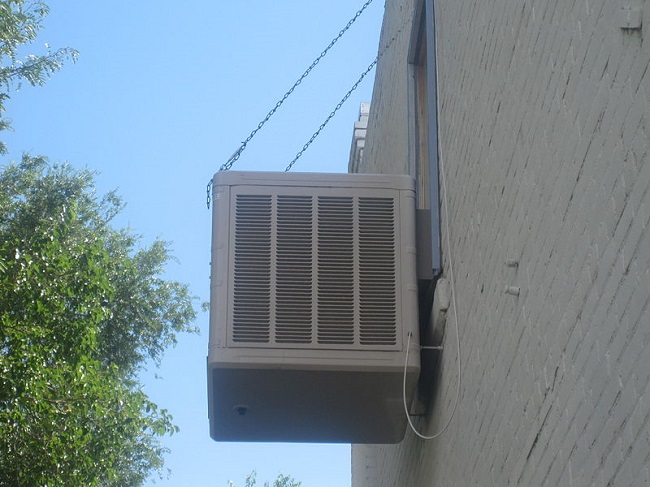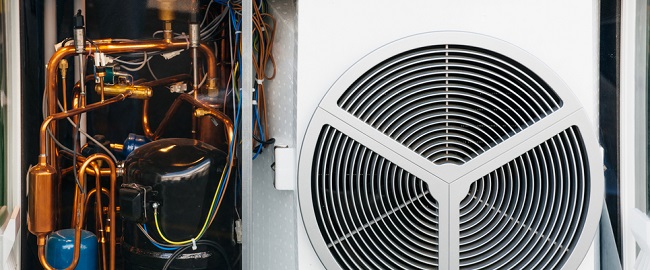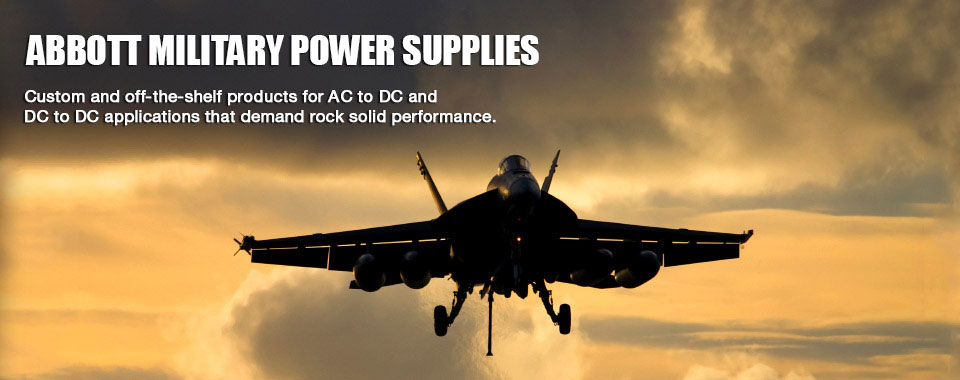The basic principle that underlies the concept of cooling during evaporation is that water needs heat to change into vapor. While evaporation happens, the heat is taken out of the water resulting the liquid being cooler. The same concept is applied for the cooling of industrial machines and building. The concept of perspiration is implemented as a cooling tower is essentially a heat rejection module that discharges warm air from the tower to the environment through the effective cooling of water. All open ended and closed-ended equipment to use this basic concept in the industry of HVAC units. In any HVAC system, the heat is generated by the solar power over the building, the people and also the computers. The heat is then picked by air handlers that are tied to refrigerants with exchangers of heat.

The key functioning
The heat that boils the refrigerant causes evaporative cooling changing the liquid to vapor.
- Any cooling tower functions on this aspect where the heat exchanger contains the refrigerated vapor condensing it and changing it to water
- The main purpose of the tower is to cool warm water that is running in the exchangers so that it can be used again
- In an open cooling tower, the return water is sprayed over a fill that provides the surface area for enhancing the transfer of heat between air and water causing a portion of it to evaporate
- The cold water then loops back once again at the process beginning absorbing more heat from the exchanger.
Utility in closed circuit
The concept of evaporative cooling applies in the same proportions in closed circuit cooling towers.
- With the cold water, either an ethylene solution or propylene is used to provide the cooling.
- Unlike the open tower, the liquid is used to provide the cooling. Recirculation of the cold water is done over the outside of the coil that is not exposed to air, unlike the open towers.
- The fluid in the meanwhile is heated during the process. During the operational activity, the heat generated is transferred from the fluid from the coil to spray the water, and a portion of it evaporates.
- In the same manner the fluid goes back at the beginning of the process for reusing once again that starts happening in a sequential fashion based on the fundamental principle.

Standpoint of heat transfer
From the standpoint of heat transfer, a performance of the cooling tower is based on evaporative cooling and it is influenced by temperature of the wet bulb that enters the air. The psychometrical path of the air within a cooling tower is based on the functioning of cooling on evaporation. First the air enters the tower in condition of instauration and saturates before reaching the fill. During the passing phase through the fill, it absorbs heat from the water that is falling. The entire heat content is increased and as the air is continuously washed with water that is falling the final temperature follows saturation before leaving the tower.
Rejection of heat
It is true that a cooling tower rejects on an average of 15,000 BTUH because of the heat that is equivalent to driving energy within the chiller compressor. The definition of the cooling tower is defined on the principle of cooling due to evaporation and it cools 3 GPM of liquid that enters at about 95 degree Fahrenheit that leaves at about 85 degrees. The entering temperature at wet bulb comes down to 78 degrees that is equivalent to 15,000 BTUH. The relationship of water and air within a cooling tower is based on cooling due to evaporation.
if you need to install a proper cooling system in your entire house or office places then evaporative cooling is the only way because it can provide the complete cooling system for your area and it can save your electricity and fuel consumptions also.




